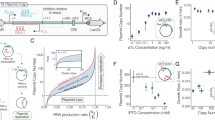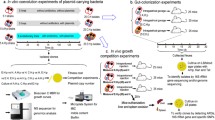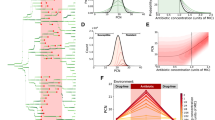Abstract
Efficient production of eukaryotic expression vectors requires the selection of plasmid-containing bacteria. To avoid the risk of dissemination of antibiotic resistance markers, we developed a new system to produce a family of plasmids Free of Antibiotic Resistance genes, called pFARs. The strategy is based on the suppression of a chromosomal nonsense mutation by a plasmid-borne function. The amber mutation was introduced into the Escherichia coli thyA gene that encodes a thymidylate synthase required for dTMP synthesis, resulting in thymidine auxotrophy. In parallel, a small plasmid vector that carries an amber suppressor t-RNA gene was entirely synthesised. The introduction of pFAR plasmids into an optimised thyA mutant restored normal growth to the auxotrophic strain, and led to an efficient production of monomeric supercoiled plasmids, as required for clinical trials. Luciferase activities measured after intramuscular injection and electrotransfer of LUC-encoding pFAR vector were similar to those obtained with a commercial vector containing the same expression cassette. Interestingly, whereas luciferase activities decreased within three weeks after intradermal electrotransfer of conventional expression vectors, sustained levels were observed with the pFAR derivative. Thus, pFAR plasmids represent a novel family of biosafe eukaryotic expression vectors, suitable for gene therapy.
Similar content being viewed by others
Article PDF
Author information
Authors and Affiliations
Corresponding author
Rights and permissions
About this article
Cite this article
Marie, C., Richard, M., Vandermeulen, G. et al. pFAR plasmids: New Eukaryotic Expression Vectors for Gene Therapy, devoid of Antibiotic Resistance Markers. Nat Prec (2008). https://doi.org/10.1038/npre.2008.2395.1
Received:
Accepted:
Published:
DOI: https://doi.org/10.1038/npre.2008.2395.1



